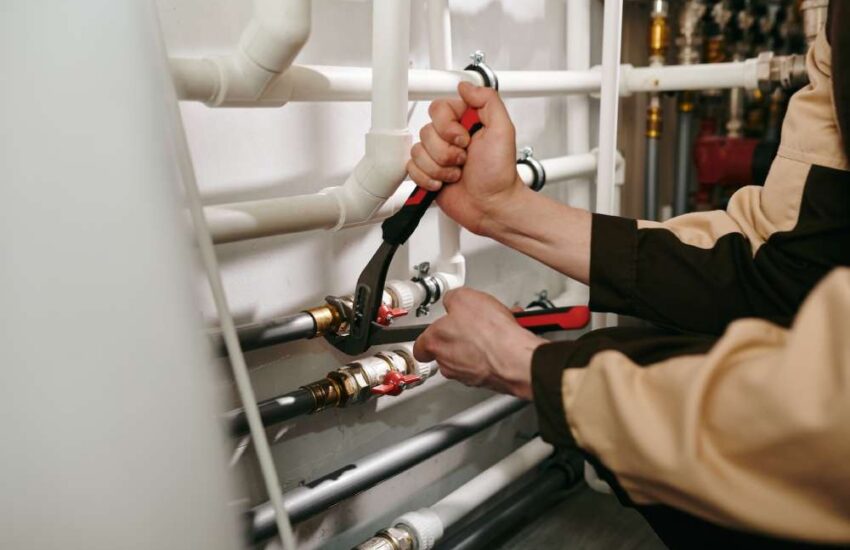Plan Your Farm Layout The Right Way – 6 Basic Tips
Whether you’re a beginning farmer or an experienced one, organizing your farm layout is an important part of success. From figuring out which crops to plant where to creating a plan for the animals on your farm, having a well-thought-out design can make all the difference. In this article, we give you 6 basic tips for planning your farm layout in the right way!

Make a Plan
As with any business venture, it is important to have a plan for your farm layout. By taking the time to sit down and map out what you want your farm to look like, you will be able to save yourself time and money in the long run.
This may seem like an obvious first step, but it is one that is often overlooked. By taking the time to sit down and map out what you want your farm to look like, you will be able to save yourself time and money in the long run.
When it comes to essential buildings, consider the size of your farm and the types of animals you will be raising. This should include things such as a barn for storing feed and hay, a shelter for animals, and any other specialized structures that you may need. There’s an affordable option for each of these structures, so be sure to research different options and select the one that works best for your budget. You will also need to consider the types of crops that you would like to grow on your farm.
Take into Account Different Seasons
As you plan your farm layout, take into account the different seasons and how they will affect your crops. For example, if you want to plant a crop that needs a lot of water, make sure you have a water source nearby that can provide enough water for your needs.
In the winter, some crops may die back or go dormant, so you’ll need to account for that in your planning. Make sure you have enough space for all the crops you want to grow, as well as storage space for any equipment or supplies you need.
Utilize the Space Wisely
When you’re planning your farm layout, it’s important to utilize the space wisely. That means thinking about how you’ll use each area of your farm and what type of activities will take place there.
For example, you’ll want to have a designated area for raising animals. This area should be large enough to accommodate the number of animals you plan on raising, as well as any structures or fencing that you’ll need. You’ll also want to have an area set aside for growing crops. This area should get plenty of sunlight and be large enough to accommodate the type and quantity of crops you plan on growing.
Incorporate Pest Management Strategies
One important pest management strategy is to choose the right plants for your area. Some plants are more susceptible to pests than others, and selecting pest-resistant varieties can help you reduce the amount of damage that pests cause. Additionally, planting cover crops can help prevent pests from getting established in your fields, and using crop rotations can help break the life cycle of many pests.
In addition to plant selection, physical barriers can also be used to keep pests out of your fields. Fencing off vulnerable areas, such as gardens or fruit trees, can help prevent animals from getting access to your crops. Using netting or row covers can also deter many flying insects from getting to your plants.
Create Efficient Irrigation System
If you want to have an efficient irrigation system, there are a few things you need to keep in mind. First, you need to make sure that your irrigation system is properly designed and installed. Second, you need to ensure that your irrigation system is properly maintained. And third, you need to make sure that your irrigation system is used efficiently.
If you want your irrigation system to be efficient, it needs to be properly designed and installed. You should work with a professional who can help you design and install an efficient irrigation system.
Plant for Maximum Yields
1. Plant in blocks rather than rows. This will help increase the amount of light that your plants receive, which can boost growth and yields.
2. Choose high-yielding varieties of crops. Some crops simply produce more than others, so it pays to do some research on which ones will work best for your farm.
3. Plant densely. This may seem counterintuitive, but planting closer together can actually help increase yields as long as the plants have enough room to grow and get the light they need.
Planning your farm layout is an important step in the farming process. By following these six basic tips, you can ensure that your farm is laid out efficiently and effectively to maximize productivity. Consider taking the time to plan your farm layout properly so that you can make sure it’s a success. With careful planning, you can create a productive and profitable farm for years to come.


